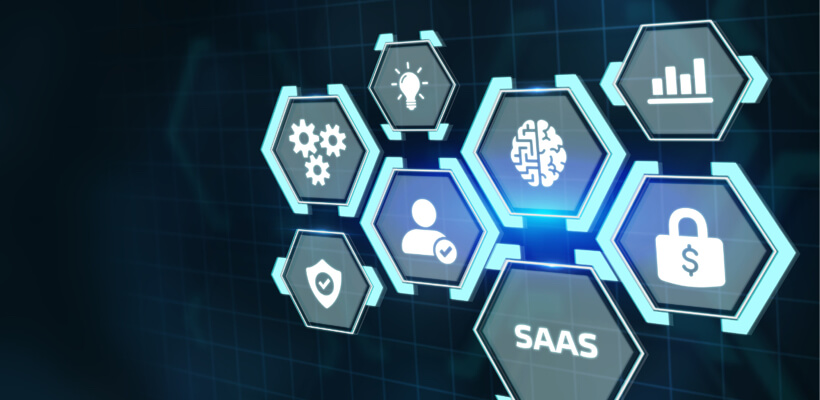 1-800-805-5783
1-800-805-5783 
Surprisingly, one in five products entering the market fails to satisfy the needs of its target audience. Why do some product management and development solutions fail to deliver the intended results while others fail?
Product engineering has been a great challenge for many companies for so long. Larger organizations and companies are trying different digital solutions to combat product engineering challenges. Using a practical product engineering framework is integral to any product development process.
The most successful companies like Spotify and Amazon have gained an excellent market industry reputation for delivering great products consistently. Providing a product that can cater to users’ needs does not happen accidentally; it demands strategic planning and a proven product framework.

Companies should follow a clear product framework to manage and build their products. Product engineering is a comprehensive process; you will find numerous frameworks to make it as smooth as possible. To help you adopt a practical product framework, we will discuss some of the top product engineering frameworks.
What is a Product Framework, and Why Do Companies Adopt It?
A product framework is a set of principles companies use for their product engineers in a repeatable way to improve and build products consistently. It helps companies develop an impactful product while following their business goals, budgets, and timelines.
A company has to go through the following stages of the product development process:
These stages require strategic planning and a deep market analysis to deliver impactful results. Without following an intelligent product framework, repeating the process of building a great product would become more challenging.
A product lifecycle framework makes it possible to analyze how your product will behave from its development to its withdrawal from the market. It works as a planning, forecasting, and management tool to make the product development process easier and more efficient. A product lifecycle framework goes through the following four stages:
A product life cycle framework can benefit product engineers in the following ways:
An apparent product framework enables companies to make crucial decisions related to the product development process. It assists in some initial choices, such as improvement and upgrades.
A product framework lets companies identify and target the right audience. It also helps you determine whether the product is meeting the needs of your target audience or not.
Using product engineering farmwork, you have a precise action plan to create a potentially successful product. It gives you a better understating of the market trends and users’ needs. You can get a significant insight into the market competition with the help of a product framework while increasing the chances of your success and eliminating the risk factors.
The responsibility of a product engineer is to go above and beyond to turn digital ideas into reality. It includes communicating with customers, establishing strategic goals for product development, and managing business indicators. A product engineering framework unifies all these responsibilities, making the process easier and smoother.

Top Product Engineering Frameworks You Should Be Aware Of
Below, we have listed the top product engineering frameworks used by million-dollar companies:
The minimum viable product framework emphasizes customers’ feedback. You can develop an excellent-quality product just by reading the customer feedback. You can create and introduce an essential product to your target audience using this framework. You can ask users to give their opinions about the suitability and effectiveness of the product. Then, you can use this customer feedback to improve your product further.
Experimentation is another robust software development framework used by the world’s top-excelling companies, including Spotify. Spotify uses a model of Think It, Build It, Ship It, and Tweak It to produce the highest-quality product consistently.
Think It is a stage of brainstorming and testing unique product ideas. This is the essential stage of the entire product development process. For example, if you launch a product without trying, the chances of unhappy customers would be high.
This is a stage in which a primary product is built and tested on a small subset of users to obtain feedback.
The Ship It stage includes delivering the product to a broader audience and continuing to study feedback.
Tweak: It might be the longest stage of the product life cycle framework. Companies spend a lot of time analyzing customer feedback to implement improvements accordingly.
CIRCLES is a set of well-defined procedures companies use to develop a high-end product. This abbreviation is interpreted in the following form:
This stage includes studying the market trends and understating your product requirements.
Here, you have to define your target audience.
This stage includes identifying why your target audience needs your product.
This step entails estimating the return on investment (ROI).
List all the possible solutions to a specific problem your product will combat.
Evaluating tradeoffs helps you identify what compromises you’re ready to make.
Consider all the previous points to summarize your product comprehensively.
Working backward is an excellent product framework used by Amazon. This approach involves working back on the traditional product development process. You start as if you’ve already finished your product to determine if it meets your customers’ needs.
The Bottom Line
Product engineering frameworks are the best digital solutions for developing a potentially successful product. It gives you a strategic approach to streamline your product development process and cater to the users’ needs. Consistently delivering exceptional quality products will improve your brand identity and help you get more return on investment.